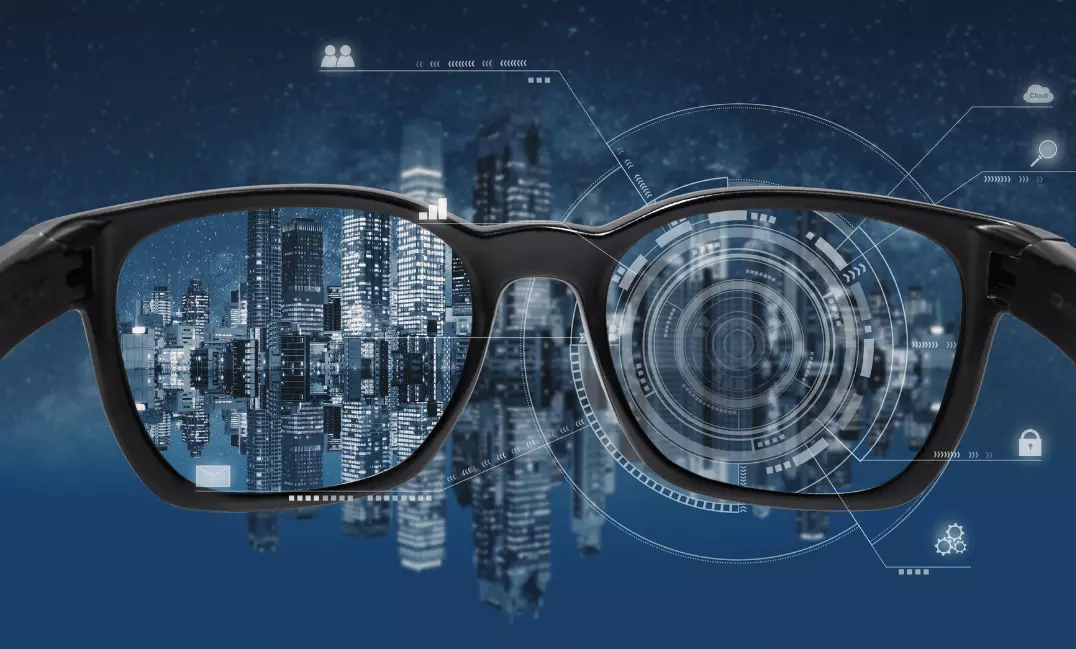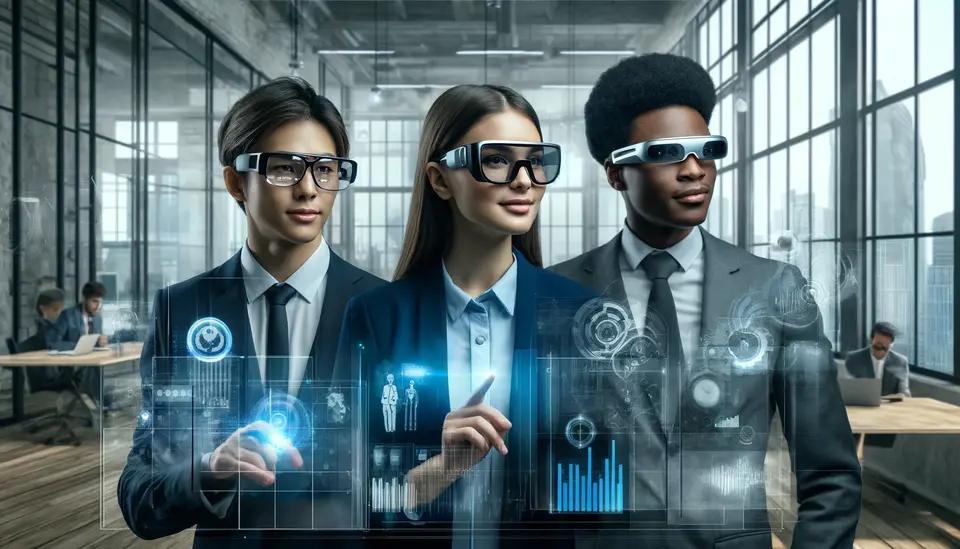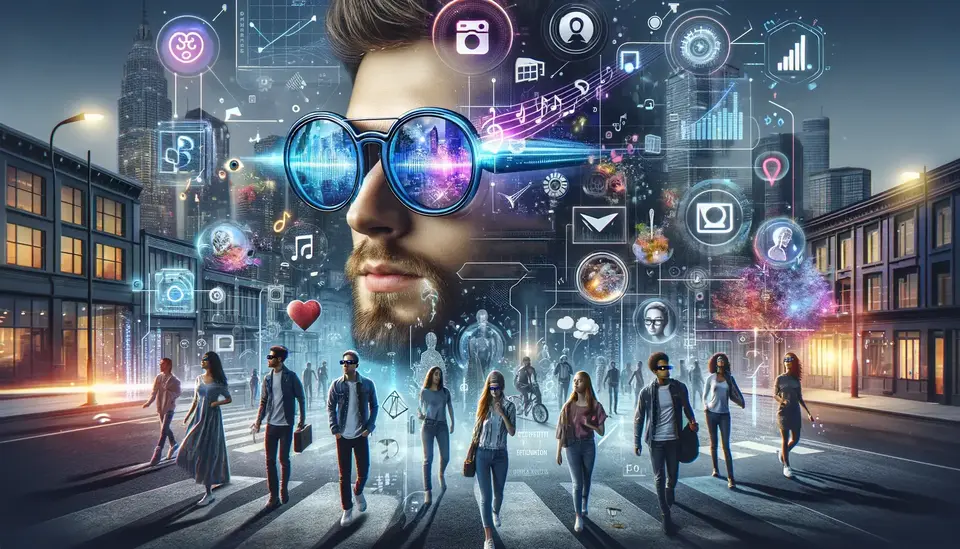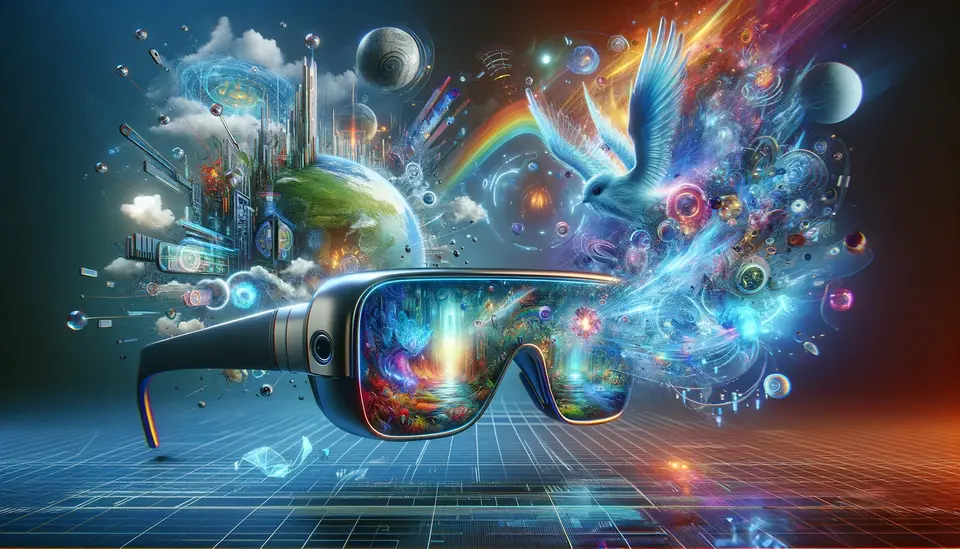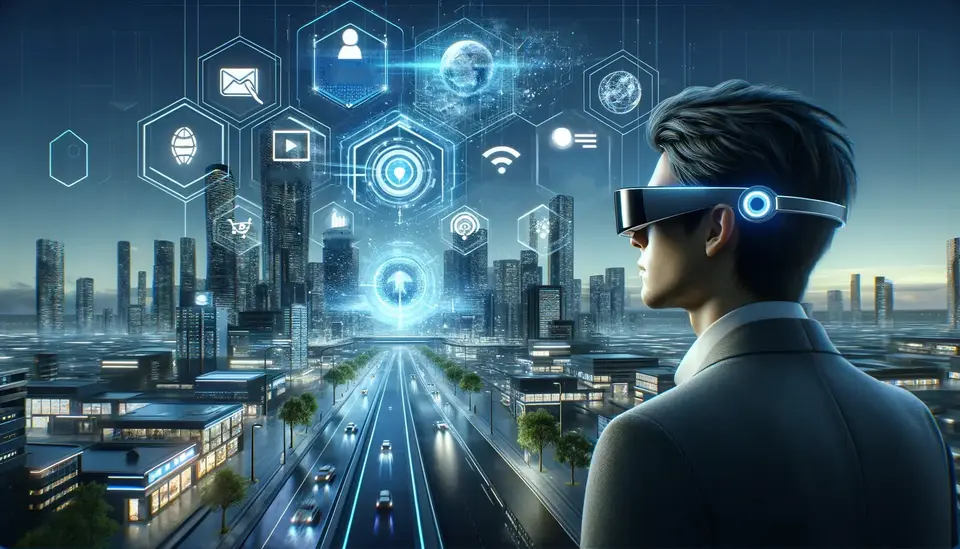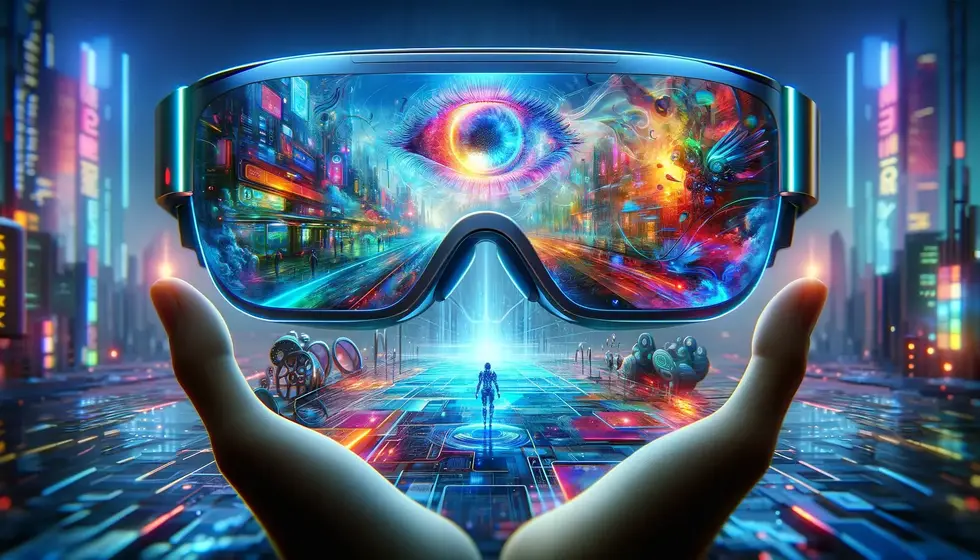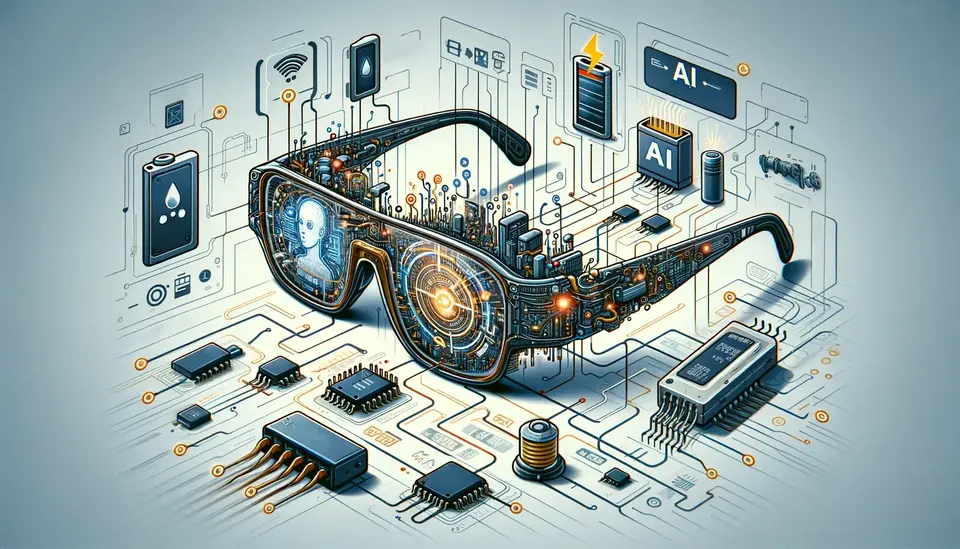What can smart glasses do?
Posted on January 30, 2023 5 minutes 1004 words
Table of contents
Smart glasses are a type of wearable technology that has the potential to solve a wide range of problems, from enhancing productivity and education to providing visual assistance and entertainment. These glasses are equipped with a variety of features and capabilities that allow them to perform a wide range of functions, making them a versatile and powerful tool for many different applications. In this post, we will explore the problems that smart glasses can solve and provide examples of how these glasses are being used in a variety of settings.
Augmented reality (AR)
Smart glasses with Augmented Reality capabilities can provide a layer of digital information over the real world, helping users to visualize and interact with data in a more intuitive and immersive way. For example, a worker in a warehouse may use smart glasses with AR to access real-time information about inventory, shipping, and logistics, or to visualize and interact with digital diagrams and schematics. A student in a history class may use smart glasses with AR to visualize and interact with 3D models of historical sites and events.
Hands-free computing
Smart glasses can provide a hands-free way to access and interact with information, making it easier to stay connected and productive while on the go. For example, a doctor may use smart glasses with voice control to access patient records, make calls, and send texts without having to use their hands. A delivery driver may use smart glasses with voice control to access route information, make deliveries, and record data without having to use their hands.
Navigation
Smart glasses with GPS and AR capabilities can help users navigate unfamiliar environments, providing real-time directions and information about their surroundings. For example, a tourist may use smart glasses to access real-time directions and information about landmarks, restaurants, and other points of interest, or to visualize and interact with digital maps and guides. A person with mobility issues may use smart glasses to access real-time information about accessible routes and facilities, or to visualize and interact with digital maps and directions.
Gaming
Smart glasses with AR capabilities can be used to enhance gaming experiences, allowing users to visualize and interact with digital content in the real world. For example, a gamer may use smart glasses to visualize and interact with virtual characters or objects in their environment, or to access real-time information and instructions during gameplay. Smart glasses can also be used to visualize and track performance data in gaming settings.
Visual assistance
Smart glasses can be used to provide visual assistance to those with vision impairments, such as low vision or color blindness. For example, a person with low vision may use smart glasses with text-to-speech capabilities to read texts, labels, and other printed materials. A person with color blindness may use smart glasses with color adjustment features to see colors more accurately.
Industrial and construction work
Smart glasses with AR capabilities can help workers in industrial and construction settings to visualize and interact with digital information while on the job. For example, a worker in a manufacturing plant may use smart glasses to access real-time instructions, diagrams, and data to help them with tasks such as assembly, maintenance, and repair. Smart glasses can also be used to visualize and identify potential hazards or issues in the workplace.
Education and training
Smart glasses with AR capabilities can be used in education and training to provide immersive and interactive learning experiences. For example, a student in a biology class may use smart glasses to visualize and interact with 3D models of cells and tissues, while a pilot in training may use smart glasses to simulate different flying scenarios. Smart glasses can also be used to provide real-time feedback on performance and progress in education and training settings.
Sports and fitness
Smart glasses with AR capabilities can be used to visualize and track performance data in sports and fitness settings. For example, a runner may use smart glasses to track their pace, distance, and route, or to visualize virtual training environments. A golfer may use smart glasses to visualize and track their swing, or to access real-time information about the course. Smart glasses can also be used to provide real-time feedback on technique and form, as well as to visualize and track progress over time.
Entertainment
Smart glasses with AR capabilities can be used to enhance entertainment experiences, such as concerts, movies, and theme parks. For example, a concertgoer may use smart glasses to access real-time information about the artist and the music, or to view interactive content related to the performance. A theme park visitor may use smart glasses to access information about rides and attractions, or to participate in interactive experiences.
Social networking
Smart glasses with AR capabilities can be used to enhance social networking experiences by providing real-time information and interactions with friends and contacts. For example, a user may use smart glasses to access and share photos, videos, and other content with their social network in a more immersive way. Smart glasses can also be used to visualize and interact with social media feeds and profiles in a more intuitive and interactive way.
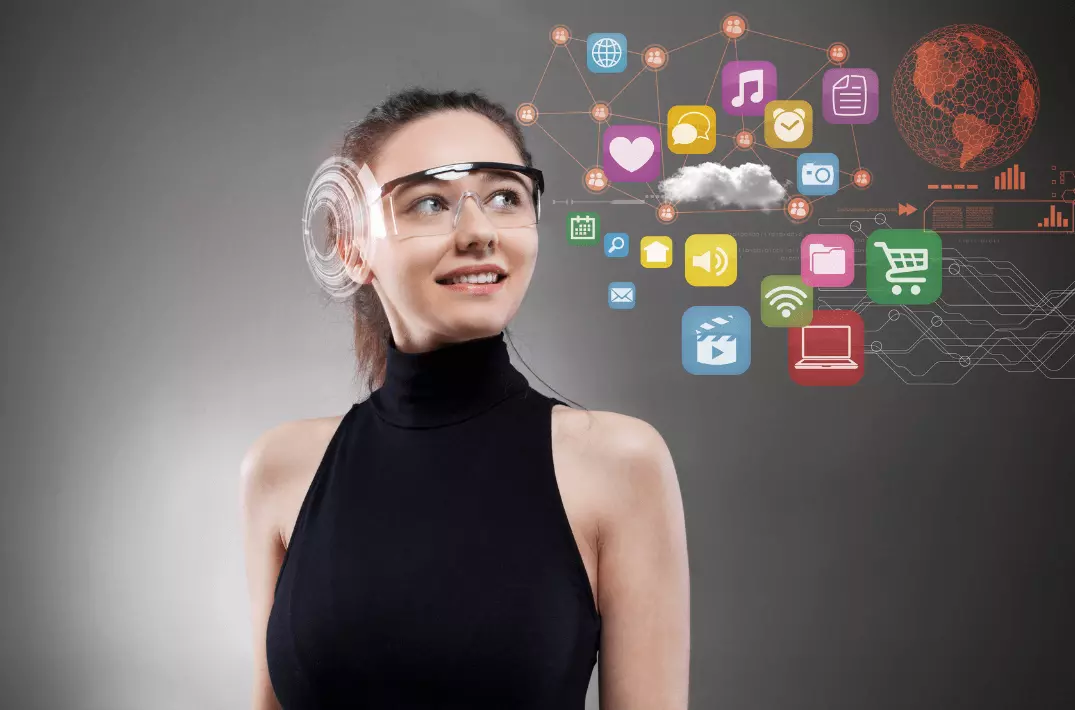
In conclusion, smart glasses are a versatile and powerful tool that can solve a wide range of problems, depending on their features and capabilities. From providing hands-free computing and navigation, to enhancing education and training, to visualizing and interacting with digital content in the real world, smart glasses can offer a wide range of benefits and solutions. As the technology continues to evolve and improve, it is likely that we will see even more innovative and creative uses for smart glasses in the future. Regardless of the specific problem that smart glasses are used to solve, it is clear that they have the potential to revolutionize the way we live, work, and play.
In addition to this topic, you can also read our articles about what is smart glasses, virtual reality, augmented reality, mixed reality and metaverse.

